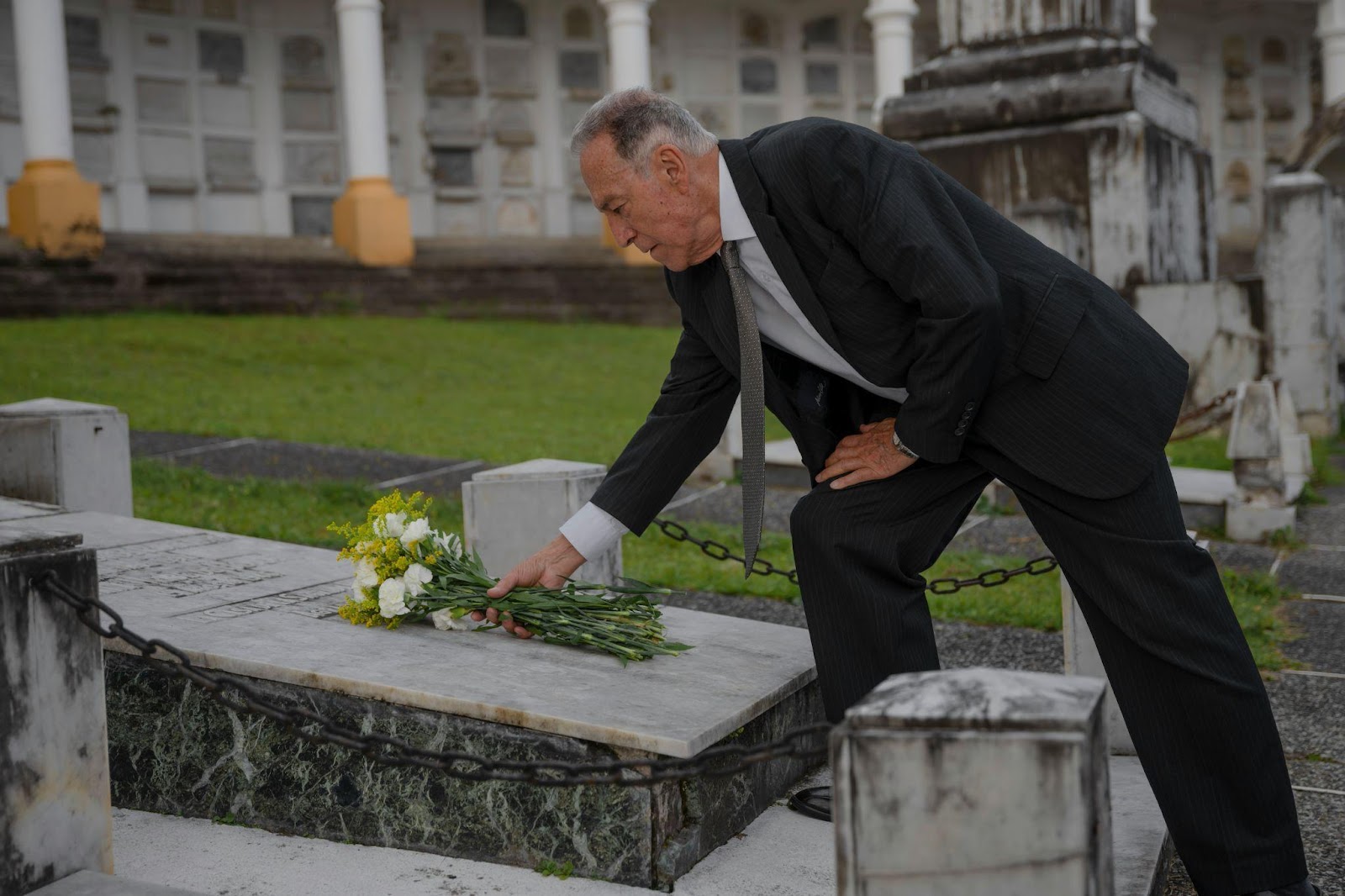- End-of-life services come with a wide range of costs, from funeral home fees to transportation and burial or cremation expenses, which can vary significantly based on location and service level.
- Cremation options, including full-service packages, offer families flexibility in cost and service levels, allowing them to balance affordability with personal preferences.
- Hidden costs such as death certificates, additional transportation, or unexpected service fees are common, and it’s crucial to request itemized estimates to avoid surprises.
- Financial assistance programs and pre-planning services help reduce costs and ensure that families can make decisions in advance, minimizing stress during an already emotional time.
End-of-life services are an inevitable part of life, but navigating the associated costs can feel overwhelming, especially during an emotional time. Many families find themselves facing unexpected expenses or unclear pricing when planning for a loved one’s farewell. With so many options available, from traditional burials to cremation services, it’s easy to feel lost in the details.
In this post, you’ll gain insight into the factors that drive the cost of end-of-life services, tips on comparing different options, and ways to avoid common financial pitfalls. By the end, you’ll be better equipped to make informed decisions that honor your loved one’s wishes without breaking the bank. Understanding these costs in advance can help you plan with confidence and ensure peace of mind during an already challenging period.
Understanding the Basic Costs of End-of-Life Services
When planning end-of-life services, the first thing to consider is the variety of costs involved. These services are highly personal, and the price range can vary widely depending on the choices you make. At the core, the costs typically fall into several categories: funeral home services, transportation, and the choice between burial or cremation.
A traditional burial often includes costs such as embalming, a casket, the burial plot, and headstone, while cremation usually involves fewer material items, which can make it more affordable. However, location and level of service can significantly influence the final bill. For example, full-service funeral homes in urban areas tend to charge higher rates compared to smaller providers in rural locations.
When budgeting for these services, it’s essential to request a detailed, itemized list of expenses. This ensures you’re aware of every cost upfront, from the basic service fees to any extras like flowers, a hearse, or additional ceremonies. Having a clear understanding of these costs can help you make decisions that are both financially sound and in line with your family’s wishes.
Key Considerations in Selecting a Full Cremation Service
When it comes to cremation, there are several options available, each with varying levels of service and pricing. A full cremation service deal typically includes a memorial service, cremation, and sometimes extras such as transportation or the handling of remains. This can be a good option for families who want to combine the affordability of cremation with the personal touch of a traditional ceremony.
It’s important to evaluate what’s included in the package. Some deals offer everything from start to finish, including a viewing or wake, while others may only cover the basic cremation process. Understanding these distinctions can help you avoid unexpected expenses down the road.
Choosing the right cremation package also means considering your family’s needs and the wishes of your loved one. A full-service option can provide the peace of mind that everything is taken care of, without the stress of piecing together individual services. On the other hand, if you’re looking to minimize costs, opting for a more straightforward cremation service might be the better choice.
Comparing Funeral and Cremation Packages
When planning end-of-life services, one of the most significant decisions is choosing between a traditional burial and cremation. Both options come with their own sets of costs, and comparing them can help families make the most financially sensible decision. Generally, traditional funerals are more expensive due to the need for embalming, a casket, a burial plot, and headstone fees. Additionally, a graveside service can add to the final price.
On the other hand, cremation is often viewed as the more affordable option. Direct cremation, where no formal service is held, is the least expensive. However, a cremation service with a memorial can offer the family a meaningful way to honor their loved one while still keeping costs lower than a traditional burial. It’s crucial to weigh the pros and cons of package deals versus selecting individual services à la carte.
While packages might seem more convenient and affordable upfront, some families find that paying for only what they truly need saves more in the long run. For example, if your family prefers a private memorial service at home, a direct cremation paired with a self-organized event could be more budget-friendly than a full-service package at a funeral home.
Hidden or Unexpected Costs to Be Aware Of
One of the biggest challenges in planning end-of-life services is navigating hidden or unexpected costs. Many service providers offer what appears to be an all-inclusive package, only for families to discover additional fees later in the process. Some common unexpected costs include obtaining multiple copies of the death certificate, extra fees for out-of-hours service, or transportation over longer distances.
For instance, some funeral homes charge separately for tasks like preparing and filing necessary legal paperwork, or for providing a more elaborate memorial service than originally anticipated. In addition, if you’re opting for cremation, there could be added fees for handling the remains, special urns, or scatter services.
To avoid these surprises, always ask for a comprehensive, written estimate before committing to any services. It’s important to clarify exactly what’s included and what could potentially incur extra costs. Read contracts carefully, especially when it comes to fine print, so you’re not caught off guard by fees that weren’t part of the initial discussion.
Financial Assistance and Pre-Planning
For many families, the costs of end-of-life services can feel overwhelming, but there are options for financial assistance and pre-planning that can ease the burden. Government programs, such as Social Security and veterans’ benefits, can provide some aid to those who qualify. Additionally, some funeral homes offer payment plans or financing options, which can help spread out the costs over time.
Pre-planning end-of-life services is another effective way to manage costs. By planning ahead, you can lock in current rates, which may save money as prices rise in the future. Pre-planning also allows you to make thoughtful decisions without the pressure of an immediate loss. Many families find that this proactive approach not only reduces financial strain but also helps ensure that their loved ones’ wishes are honored.
Having these conversations with family members well in advance can prevent confusion and conflict when the time comes. It also ensures that everyone involved is aware of the costs and options, leading to a more organized and cost-effective process.
Conclusion
Planning for end-of-life services is never easy, but understanding the costs involved can make the process smoother and more manageable. Whether you opt for a traditional burial or cremation, knowing what to expect and where to find savings can prevent financial surprises. From evaluating service packages to pre-planning for the future, making informed decisions now can save both money and stress later on.
By taking the time to research your options and communicate with family members, you can navigate this challenging time with confidence and peace of mind. It’s about more than just managing costs—it’s about honoring your loved ones in a way that feels right for everyone.



